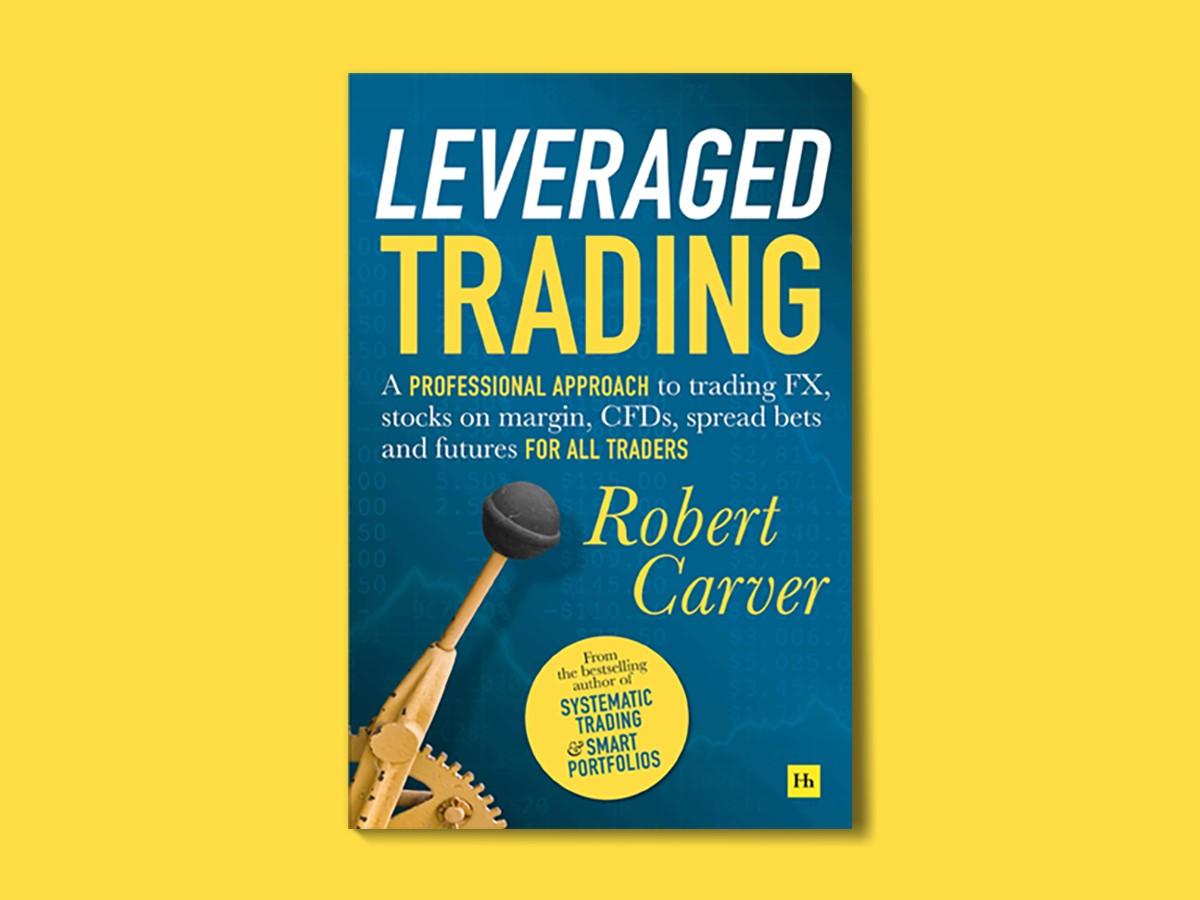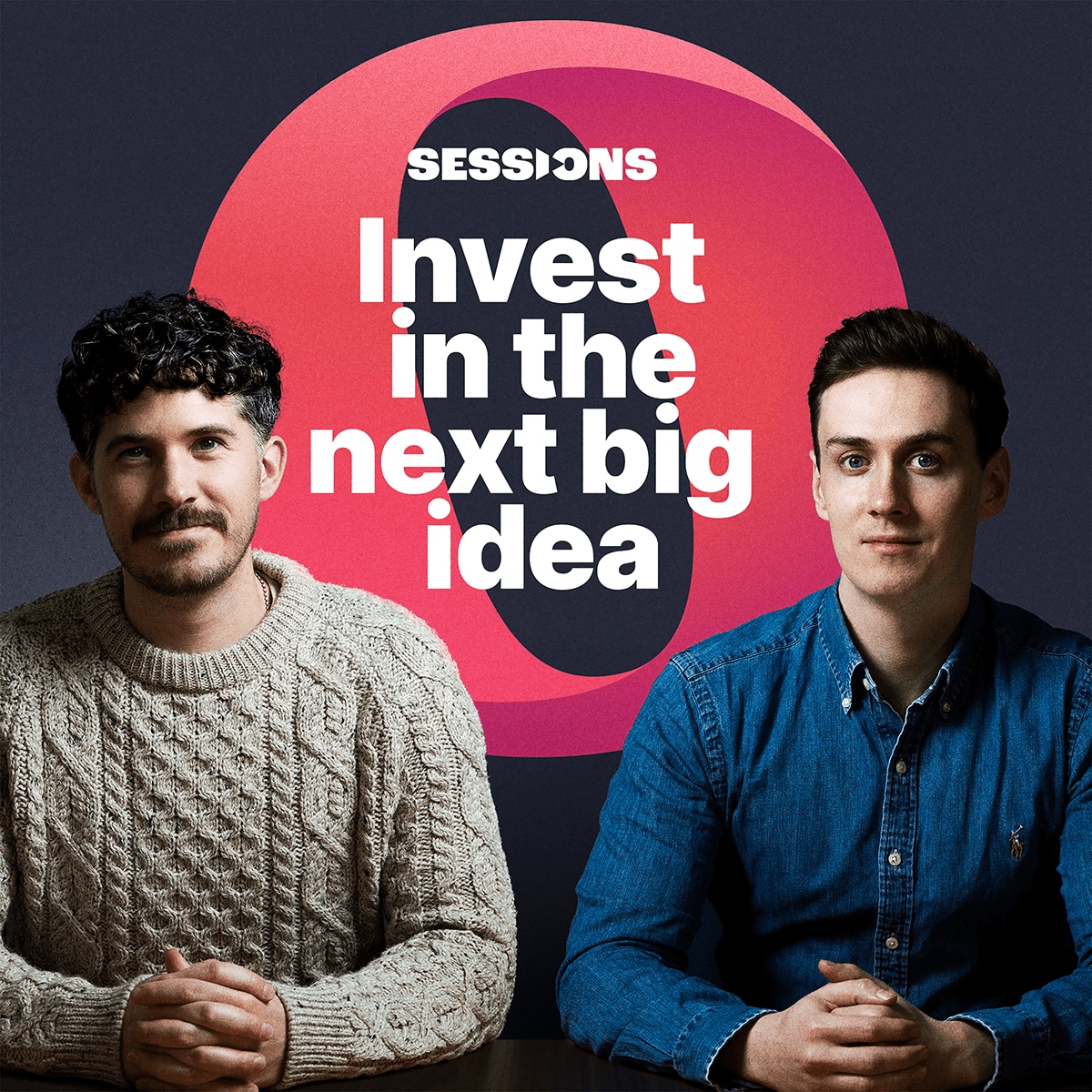Editor’s note: Leveraged Trading is a new book by Robert Carver, an independent systematic trader, writer and research consultant based in the UK. The book was published by Harriman House on 29 October 2019.
In it, Carver gives a practical guide to leveraged trading, from choosing the right broker to navigating the various trading systems out there as well as what the best approach is and how to manage risk.
The main goal of the book is to educate and inform people, as “looking around I’d say the people who are in the most danger of losing money from costly mistakes are people who are trading products with leverage”.
“Leverage is kind of a good thing and a bad thing. It’s wonderful to be able to increase your potential returns by using it but it also makes your life more dangerous due to the high risk,” Carver tells Opto.
“I wanted to write a book that would help people who are perhaps a bit newer to trading, who want to use leveraged products … [so] by explaining how they could use them more safely [I hope to show them] how to reap the benefits of them [while lessening] the potential of losing money.”
“I wanted to write a book that would help people who are perhaps a bit newer to trading, who want to use leveraged products … [so] by explaining how they could use them more safely [I hope to show them] how to reap the benefits of them [while lessening] the potential of losing money”
The following is an excerpt from Leveraged Trading: A professional approach to trading FX, stocks on margin, CFDs, spread bets and futures for all traders by Robert Carver, published with permission.
Introduction
My first job in the financial world was rather mundane. I worked part-time answering the phones in a broker’s call-center, whilst studying for an undergraduate degree in economics.
This was in early 2000, and although the firm offered online dealing, most older customers still preferred to do their trades whilst speaking to a real person.
They had grown up in a world where computers were an expensive luxury, and the only source of share prices for amateur traders was the business pages of a daily newspaper. A friendly and helpful voice on the telephone was an important factor when deciding which broker to trade with.
The world has moved on rapidly since then, there is more to choosing a broker than finding one with a polite telephone manner, and it is essential to acquire certain electronic tools before you can begin trading in today’s markets.
“The world has moved on rapidly since then, there is more to choosing a broker than finding one with a polite telephone manner, and it is essential to acquire certain electronic tools before you can begin trading in today’s markets”
In this chapter, I will explain the choices you need to make before starting trading.
Chapter 1: Choosing your trading software, hardware and data feed
If I asked you to describe a successful trader in their native working environment, you would probably picture someone sitting at a desk with four or more computer monitors.
Dazzling arrays of coloured lines festoon the monitors – all produced by an expensive trading software package – analysing streams of data costing thousands of dollars per month.
A top-of-the-range laptop is perched on the desk, whilst underneath it, a sleek computer workstation sits, gently humming with latent power.
Both machines are plugged into a superfast internet connection which leads straight to the exchange, ensuring their orders are at the head of the queue.
This picture is very misleading. I blame all the YouTube videos put out by trading ‘gurus’. My favorite video consists of a two-minute tracking shot, showing all 41 monitors that someone allegedly uses to trade.
It’s true that when I was working as an investment bank trader, I did indeed have six monitors and two computers, but a set up like that is complete overkill for an amateur trader.
I recently watched a documentary where an inexperienced trader, who had just completed an introductory course, invested thousands of pounds on a fancy dual monitor trading setup.
That hardware cost somewhere between 10% and 50% of the money they had set aside for trading. This is analogous to buying a top of the range power saw to cut two pieces of wood in half.
There is no guarantee of higher trading profits if you buy more data, monitors or computers, and for most people, these are completely unnecessary.
“There is no guarantee of higher trading profits if you buy more data, monitors or computers, and for most people, these are completely unnecessary”
I manage my own portfolio of shares and funds on the single screen of a battered old laptop, bought second hand for $300. A separate machine, with zero monitors, sits in the corner of my study automatically trading futures: cost $500.
My portfolio is relatively large and complicated for an amateur trader, and yet the cost of this budget one-screen setup comes in at significantly less than 0.1% of my portfolio value.
For my data feeds, I pay an annual charge of less than 0.003% of my account balance. I do not pay big bucks for a fast internet connection: I will never be faster getting my orders to market than deep-pocketed institutions, so there is no point playing the speed game against them.
“My portfolio is relatively large and complicated for an amateur trader, and yet the cost of this budget one-screen setup comes in at significantly less than 0.1% of my portfolio value”
That is a competition with no second prize. The most basic system in this book requires access to financial data which is available for free on numerous websites, and a few calculations which can be worked out on a pocket calculator.
Even the more complex systems in the book can be deployed with free data plus any spreadsheet package.
It’s possible that you may end up automating your trading, which will require further investment, or that with some experience you might need a more powerful machine, but to begin with, almost any computer or internet-connected device is sufficient.
Do not spend money on fancy hardware or software: save it for trading.
“Do not spend money on fancy hardware or software: save it for trading”
By Robert Carver, an independent trader and investor, who is also a visiting lecturer at the school of economics and finance at Queen Mary University of London. He is the author two other books on trading titled ‘Smart Portfolios: a practical guide to building and maintaining intelligent investment portfolios’ and ‘Systemic Trading: a unique new method for designing trading and investing systems’.
Disclaimer Past performance is not a reliable indicator of future results.
CMC Markets is an execution-only service provider. The material (whether or not it states any opinions) is for general information purposes only, and does not take into account your personal circumstances or objectives. Nothing in this material is (or should be considered to be) financial, investment or other advice on which reliance should be placed. No opinion given in the material constitutes a recommendation by CMC Markets or the author that any particular investment, security, transaction or investment strategy is suitable for any specific person.
The material has not been prepared in accordance with legal requirements designed to promote the independence of investment research. Although we are not specifically prevented from dealing before providing this material, we do not seek to take advantage of the material prior to its dissemination.
CMC Markets does not endorse or offer opinion on the trading strategies used by the author. Their trading strategies do not guarantee any return and CMC Markets shall not be held responsible for any loss that you may incur, either directly or indirectly, arising from any investment based on any information contained herein.
*Tax treatment depends on individual circumstances and can change or may differ in a jurisdiction other than the UK.
Continue reading for FREE
- Includes free newsletter updates, unsubscribe anytime. Privacy policy


